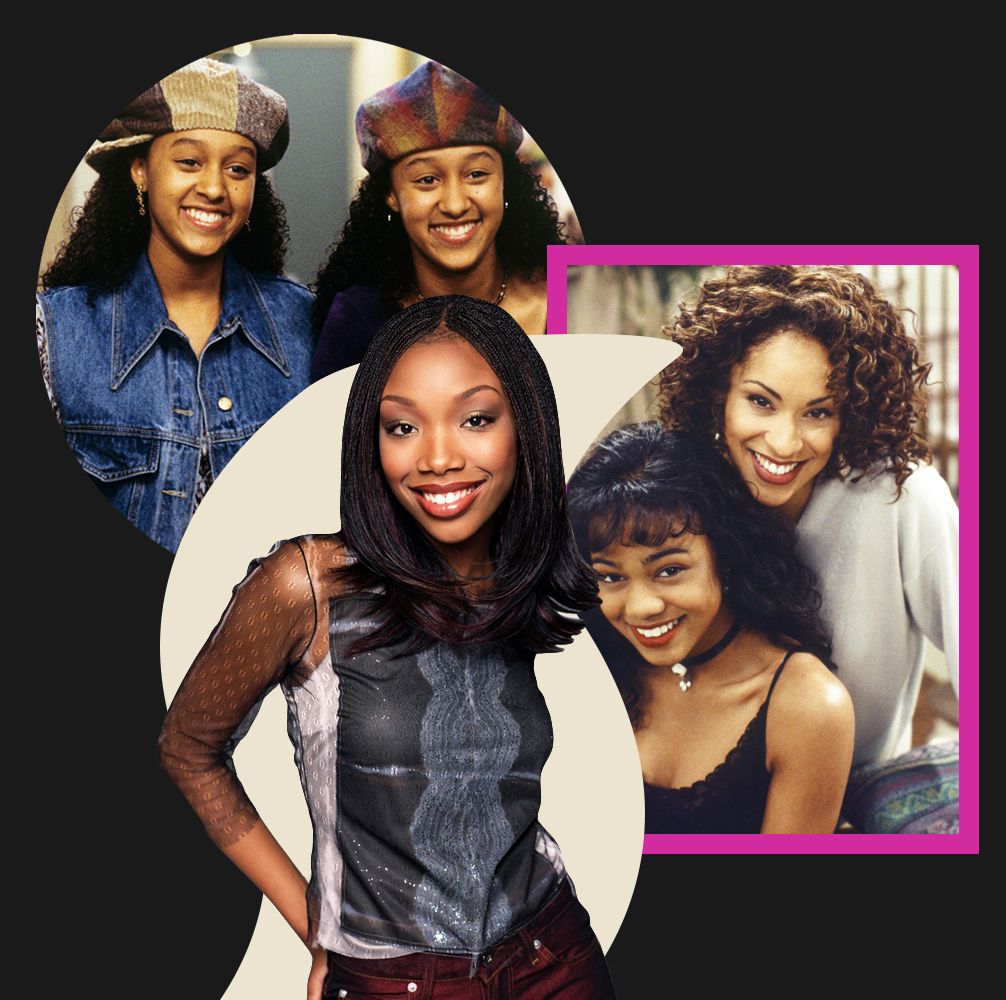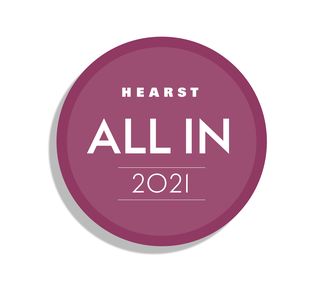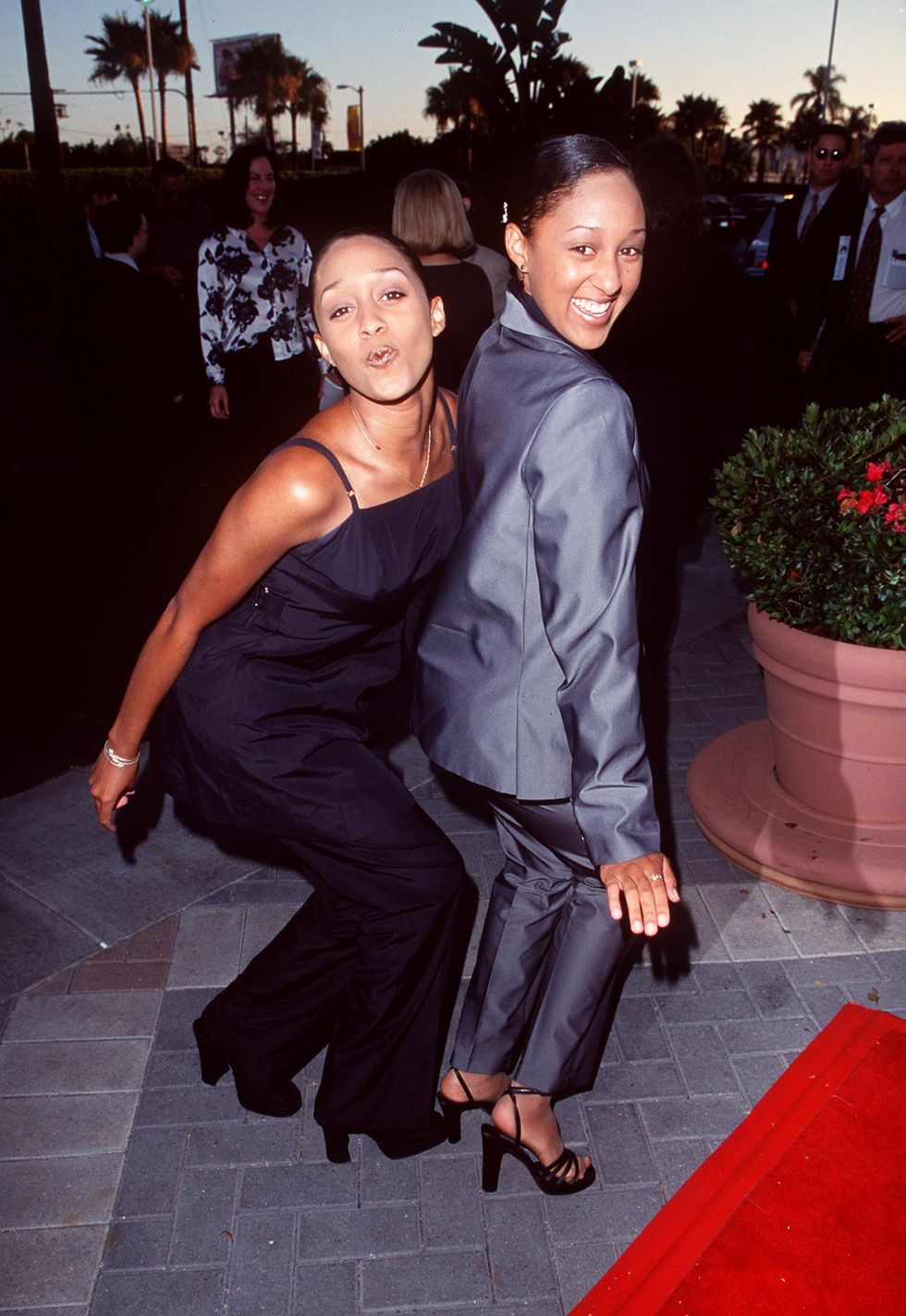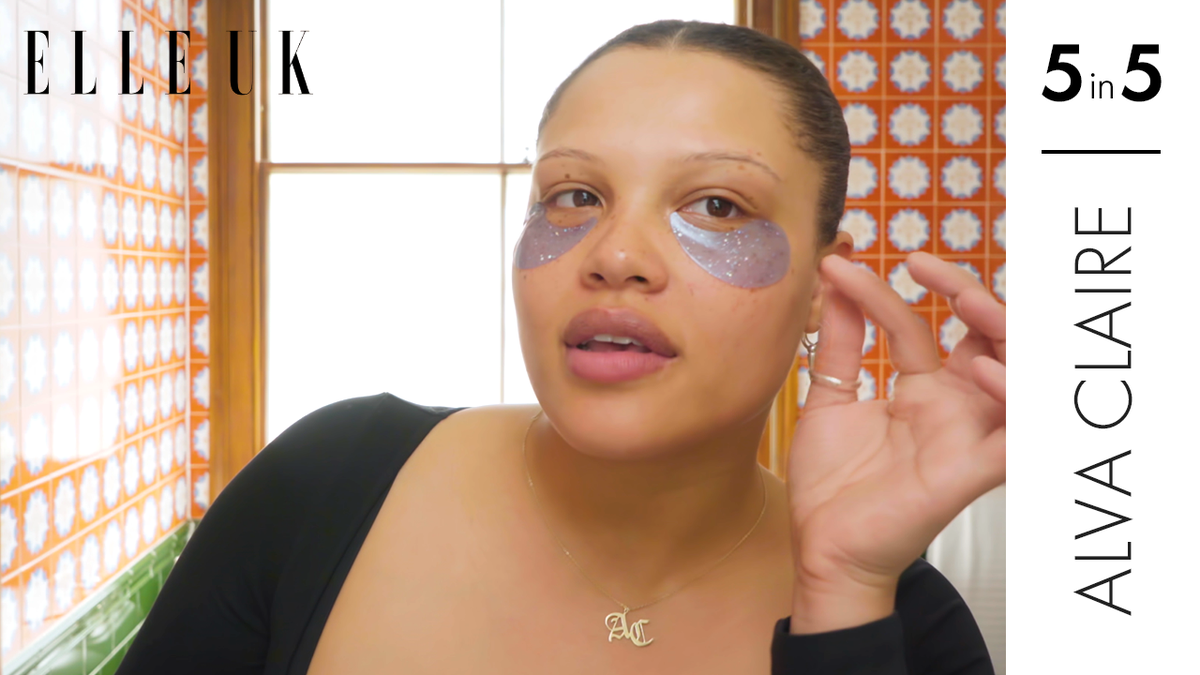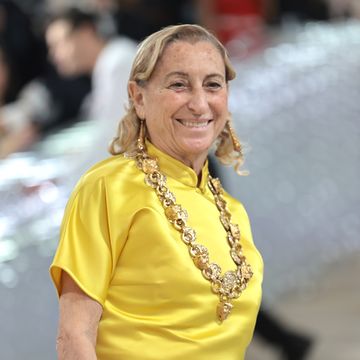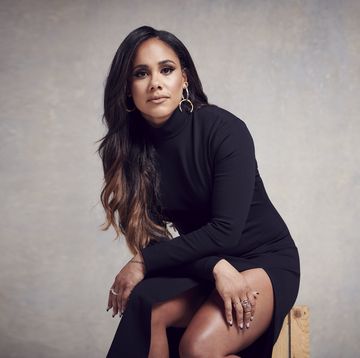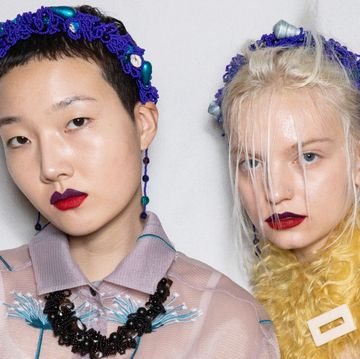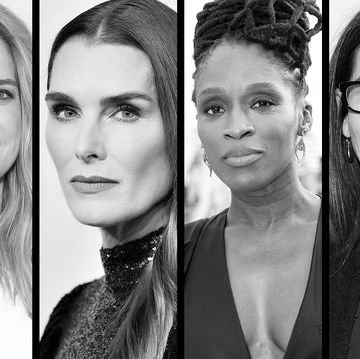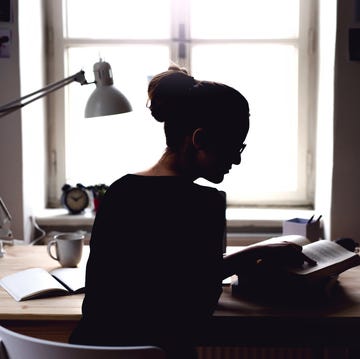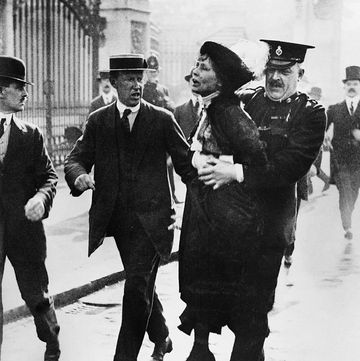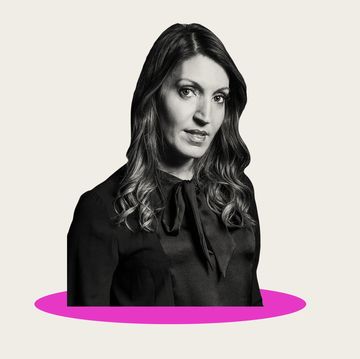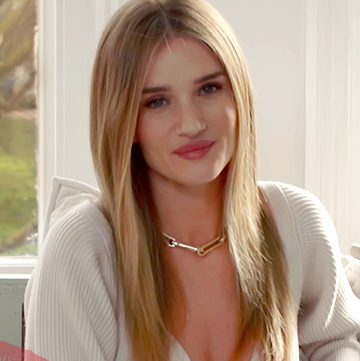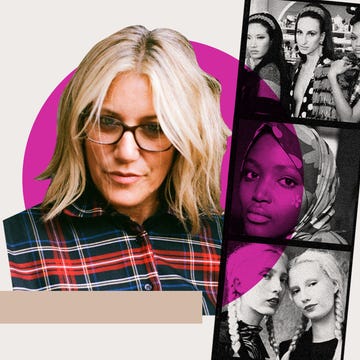As a late-millennial, I’m sandwiched between two spectacular decades of Black beauty: the 1990s — known for its earth-toned 'no make-up, make-up' looks and sleek protective styles; and the 2000s — defined by perfectly pressed hair and glossy glam make-up. But, these iconic trends weren’t inspired by catwalk couture or magazine spreads. In fact, you’d rarely see Black faces strutting down major runways or splashed across beauty editorials. Many of the beauty trends I know and still love today were birthed from iconic Black sitcoms.
Everything I know about beauty, in one way or another, has come from these renowned TV comedies. As a young Black girl in Chandler’s Ford, a small Southampton suburb where my family was the only one of colour for miles, these shows were my first, and only, gateway into Black culture. They came into my life at a time when I realised I was 'different'. At school, my peers would question why I was 'chocolate' and during lunchtime I would stare at myself in the toilet mirror and examine my features. I’d look at my tightly coiled curls, dark brown eyes, and full lips and wonder why I looked the way I did.
Over time, my questions morphed from curiosity into an identity crisis. Whether it was struggling to control my stubborn post-swimming class fro, or being the only girl at the fancy dress party without make-up that matched my skin tone, I was confronted with my lack of beauty knowledge and resources on a daily basis. Then, one afternoon, I turned the TV on and discovered the 2003 sitcom That’s So Raven. It was the first time I'd seen beauty that was brilliant and aspirational, but also achievable and, more importantly, recognisable. I was mesmerised. As I watched Raven I learnt so much about my own beauty.
I then set out on the hunt for more Black beauty content. Soon I found reruns of The Fresh Prince of Bel-Air, Moesha, and Sister Sister. I watched the Black women on these shows, awestruck by their beauty. After a binge-watching session, my mum and I would dash to Boots and look for hair and make-up products to help us emulate the women we'd seen on screen: the super-long braids, the laid edges, the looks I loved then and still wear today.
When Black 1990s/2000s sitcoms appeared on British screens, they landed on the precipice of a new movement: the globalisation of American Blackness. Black American culture resonated with British audiences and the Black Diaspora around the world. 'TV influenced and continues to influence a lot of people,' says Hannah-Curlita, owner of Curlita Beauty and Winnie Beau London Cosmetics. 'Shows I used to watch like Sister Sister, Kenan And Kel, or Moesha, rocked styles that mirrored our real lives.'
The movement catalysed a spike in demand for beauty products that catered to Black women. Of course, the demand had always been there, but now the conversation was happening on a much larger scale, garnering significant attention from cosmetics giants that could actually affect change. 'TV shows create consumer demand,' says make-up artist Joyce Connor. '[Black sitcoms] gave Black women something they didn’t see in the media. Magazines rarely showed Black women, so TV at the time was the only place we saw women whose beauty we aspired to emulate.'
Realising the growing power of Black consumers, beauty brands that served Black women started to receive significant investment, providing the opportunity for meaningful expansion. Iman Cosmetics, founded in 1994 by its supermodel namesake, signed a massive deal with the consumer goods corporation Procter & Gamble in 2004 to take the brand into international markets. MAC Cosmetics, another old-school Black girl favourite, also expanded during this era, with industry powerhouse Estée Lauder purchasing 51% of the company in 1995 and the remaining share in 1998. Make-up wasn’t the only sector of beauty that grew thanks to Black sitcoms. British-Ghanaian hair extraordinaire Charlotte Mensah set up the Hair Lounge in 1999, while, in 2007, popular naturalista brand Carol’s Daughter received a £35.9 million ($50 million) investment from the investment company Pegasus Capital, expanding the company exponentially.
The significance of this era of Black beauty is undeniable. For the first time, Black beauty had been acknowledged by mainstream media and its effects are still seen today. Thanks to streaming superpower Netflix, who recently added Black 1990s and 2000s sitcoms like Moesha and Girlfriends to its lineup, signature beauty looks from the era are resurfacing once again. 'Today we have a perfect blend of those looks which dominated the 1990s and 2000s,' says make-up artist Joy Adenuga. 'The soft, natural look of the 1990s is still very popular, while the bolder looks of brightly coloured lips and contoured cheekbones are influenced by the more decadent trends from the early 2000s.'
For me, the impact of seeing Black representation on TV as a child still lingers. Everyday I sit at my dressing table and admire the features I was once so perplexed by. I think of the women who have inspired the way I view myself and my beauty routine: my mother, who will always my first inspiration; actors Tia and Tamera Mowry, who taught me curls are worth fighting for; singer-cum-actor Brandy, who taught me beauty can be effortless - the list goes on. More than just entertainment, these sitcoms taught me to love beauty and, in turn, myself. With every nude lip or coloured eyeshadow I don, their legacy lives on.
Like this article? Sign up to our newsletter to get more articles like this delivered straight to your inbox.
In need of more inspiration, thoughtful journalism and at-home beauty tips? Subscribe to ELLE's print magazine today! SUBSCRIBE HERE
